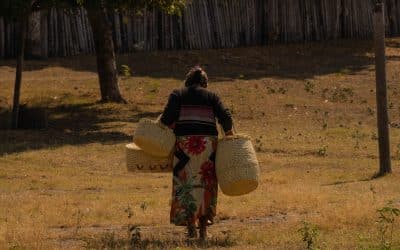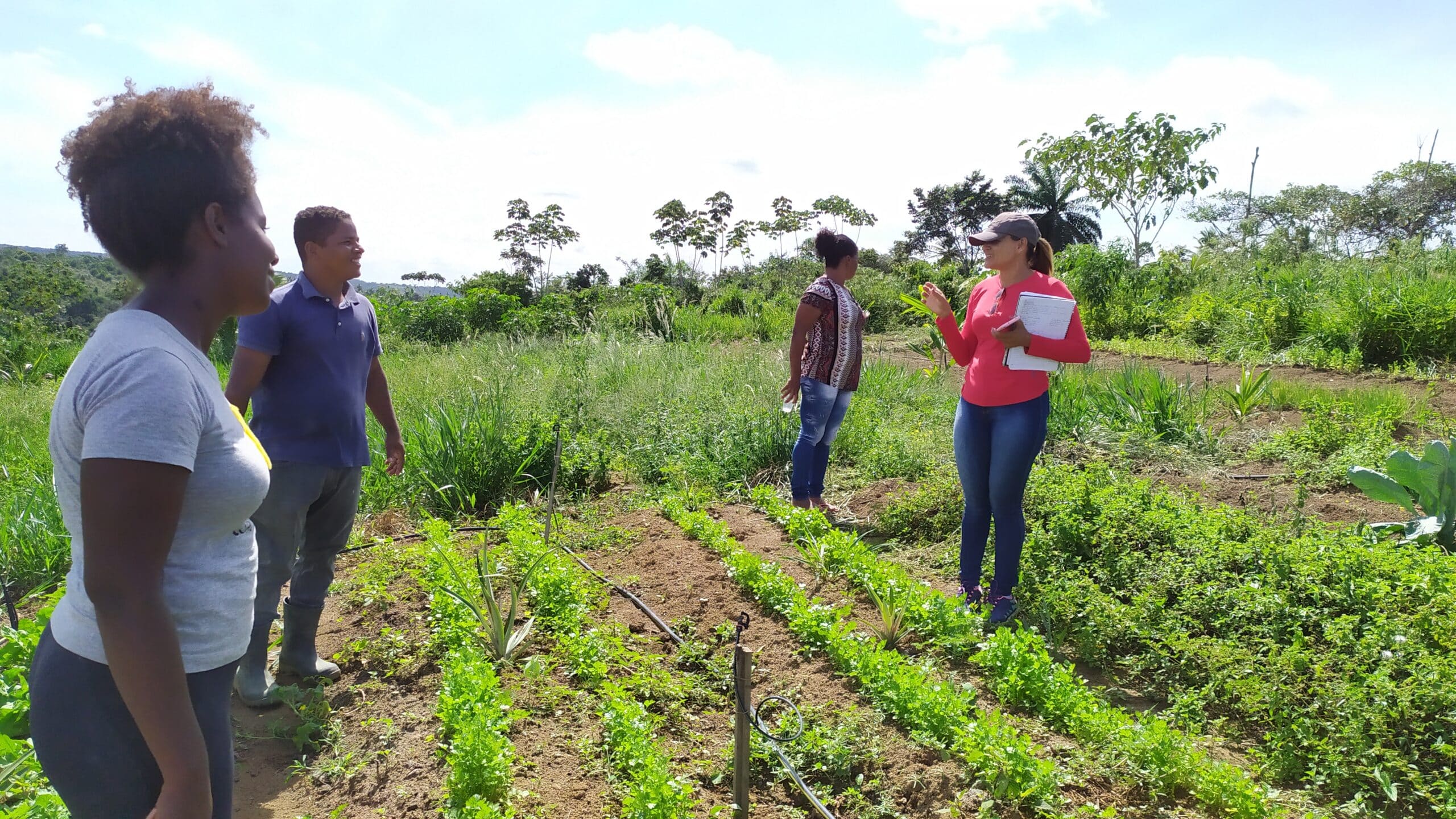Par Pablo Solón
2024 a été l’année où le plus de forêts ont brûlé en Amazonie. Selon Global Forest Watch, la déforestation des forêts tropicales primaires a triplé en Bolivie et a plus que doublé au Brésil par rapport à 2023. L’Amazonie a déjà atteint le point de non-retour.
… continuer en anglais:
Regular meetings are held between the presidents of the Amazon countries (Bolivia, Brazil, Colombia, Ecuador, Guyana, Peru, Suriname, and Venezuela). At their last summit, which culminated in the Belem Declaration of 2023, leaders failed to agree on a clear target to halt deforestation because of Bolivia’s opposition. The declaration mentioned the need to correct this shortcoming with the following sentence: “Highlighting the urgency of agreeing on common targets for 2030 to combat deforestation…”.
Meanwhile, it resolved to “establish the Amazon Alliance to Combat Deforestation among the Member States to promote regional cooperation in the fight against deforestation, with the aim of preventing the Amazon from reaching the point of no return, recognizing and promoting the fulfillment of national goals, including those of zero deforestation…”.
Two years later, the Bogotá Declaration of 2025 makes no mention whatsoever of the “Amazon Alliance to Combat Deforestation.” Worse yet, when referring to climate change, the declaration states: “including, where appropriate, strengthening actions to halt and reverse deforestation and increase climate resilience.” Despite the historic ecocide of 2024, presidents have made no progress in setting a zero deforestation target or in implementing the Amazon Alliance to Combat Deforestation. Instead, they have taken a step backward by saying that the fight against deforestation can take place “when appropriate.”
Something new that was included in the Bogotá Declaration is a paragraph proposed by Brazil on the ‘Tropical Forest Forever Fund’ or TFFF. It states that countries will:
« SUPPORT the launch of the Tropical Forest Forever Fund (TFFF) in Belém during COP30, recognizing that it will be an innovative mechanism designed to mobilize long-term, results-based financing for tropical forest conservation in the Amazon and other developing countries, encouraging potential investor countries to announce substantial contributions to ensure the capitalization of the fund and its prompt implementation. »
The TFFF is not new, though. The mechanism was proposed by a senior World Bank official more than 15 years ago. According to this proposal, which originated in the North and is now being presented by the Brazilian government as if it came from the countries of the South, deforestation is the result of a « market failure » that can be fixed by paying governments US$4 per hectare of standing forest.
To pay this amount to governments, the plan is to obtain $4 billion annually from the interest or profits generated by a fund aimed mainly at private investors, who would contribute 80% of $125 billion because they would be offered higher interest rates than those offered by the United States Federal Reserve.
The TFFF is a scheme designed to privatize financing for tropical forests. It is woefully insufficient, as it would benefit mainly central government bureaucracies and not Indigenous Peoples and local communities, who would, in theory, receive just 80 cents per hectare of standing forest.
While the world’s governments allocate US$2.7 trillion annually to their military budgets, tropical forests would receive just over a tenth of that amount—only US$4 billion annually—from the returns on uncertain private investments.
Under the Paris Agreement, developed countries have committed to « mobilizing » $300 billion per year for developing countries until 2035. At least 20% of this funding, or $60 billion per year, should go to the world’s tropical forests, which are essential in combating climate change. The TFFF is yet another false climate solution that seeks to free states from their obligation to finance the preservation of forests and the communities that conserve them with public funds.
One positive outcome of the Fifth Summit of Amazonian Presidents is the creation of the Amazonian Indigenous Peoples’ Mechanism (MAPI). Thanks to this development, 45 years after the entry into force of the Amazon Cooperation Treaty, Indigenous Peoples will finally have a channel for dialogue with governments. Unfortunately, according to the resolution creating MAPI, Amazonian governments will have a say in exactly which Indigenous representatives will be accredited to participate in the mechanism. This, of course, could result in some governments accrediting Indigenous representatives from organizations that are aligned with them, even if they are not truly representative of the communities on the ground.
With regard to mechanisms for social participation by other sectors of Amazonian civil society, such as peasants, Afro-descendants, women, youth, academia, and others, the Bogotá Declaration goes no further than the Belém Declaration. Social participation is relegated to a preambular paragraph that is a mere lip service: “Recognizing the desirability of promoting social participation within the ACTO, in line with the mandates of the Belém Declaration.”
The Bogotá Declaration has made no progress on concrete mechanisms to prevent the Amazon from reaching the point of no return. On the contrary, with the exception of a few paragraphs (for example, the one regarding the Indigenous Peoples Mechanism MAPI), it is a very dangerous step backward compared to the Belém Declaration. Therefore, all social organizations must strengthen the real and effective actions that are being built from the ground up to forge agroecological and ecotourism territories free from deforestation, mining, oil extraction, violence, and ecocide.
Link to source: https://fundacionsolon.org/2025/08/22/declaracion-de-presidentes-de-la-amazonia-2025/




